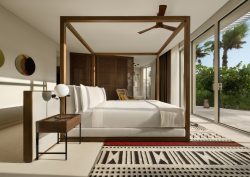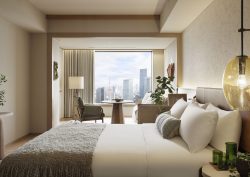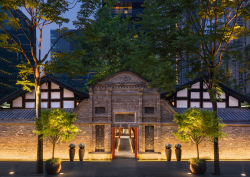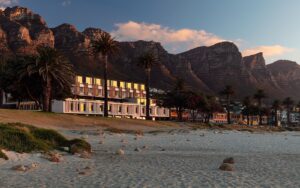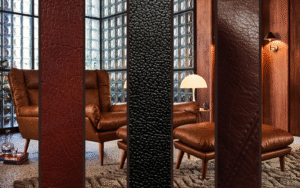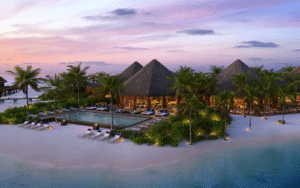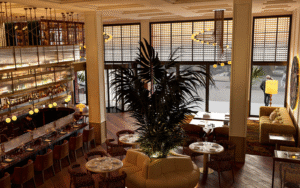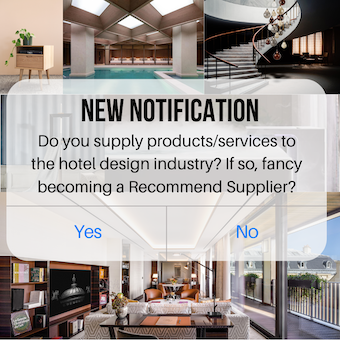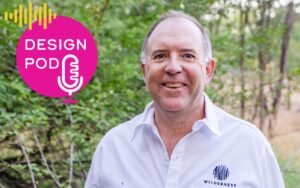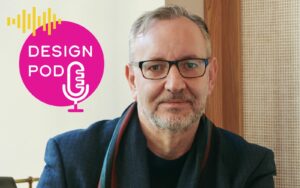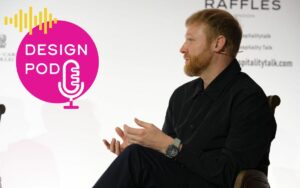From turtle-friendly lighting to solar-powered infrastructure, Melisa Pezuk, Head of Development for AMAALA at Red Sea Global, reveals how design decisions today can restore both guests and the natural world of tomorrow…
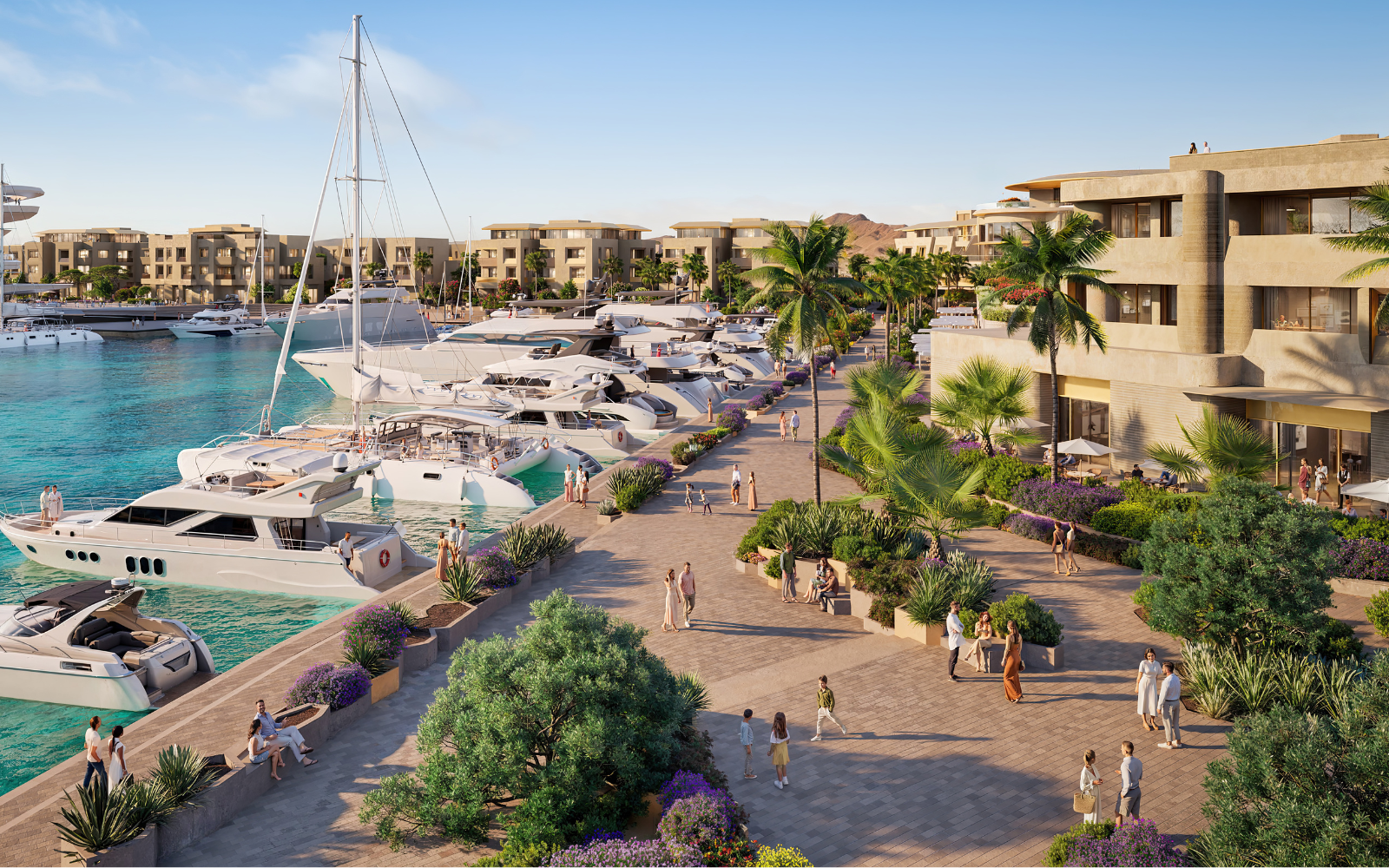
The hospitality industry is under pressure to evolve. Globally, hotels and resorts account for about 1% of global carbon dioxide emissions, with an estimated 363 million tons of CO2 produced annually. These emissions have real consequences; they accelerate climate change, threaten biodiversity, and negatively impact local communities. For years, developers, designers, architects and hoteliers have responded to climate concerns through small actions such as swapping materials, reducing plastic, and offsetting emissions. But minor changes will not meet the scale of what is needed.

Melisa Pezuk, Head of Development, AMAALA | Image credit: Red Sea Global
The next era of tourism development needs to go further, moving beyond sustainability toward a model that works to actively restore nature, supports community wellbeing, and creates value and benefits for both people and planet. This is the promise of regenerative tourism, and it starts with how destinations are designed, built, and brought to life.
AMAALA, Red Sea Global’s wellness destination on Saudi Arabia’s north-western coast, is preparing to open later this year. Spanning 4,200 square kilometres of protected land and sea, it is the future of tourism. In a world that constantly demands peak performance, AMAALA provides more than escape – it’s about profound renewal.
Offering an unparalleled health and wellness experience and a commitment to environmental stewardship, AMAALA is a curated ecosystem, regenerating body and mind for travellers around the world, and protecting nature’s balance across the Red Sea.
Our job as developers has been to turn those ambitions into reality, not just through vision but through practical design decisions and execution on the ground.
A design ethos shaped by nature and purpose
At AMAALA, our approach to design and construction is grounded in respect for both people and planet. The destination sits within the Prince Mohammed bin Salman Royal Reserve, where desert terrain, volcanic rock, and coastlines teeming with marine life meet. These natural features have not only influenced how we build, but also where and why we build.
One example is Corallium Marine Life Institute, which is both an experiential destination for tourists and a cutting-edge marine research centre, offering visitors a deep dive into the wonders of the Red Sea while advancing scientific understanding and conservation. Designed by Foster + Partners, the building itself mirrors the ecological journey of the Red Sea, guiding visitors from shallow coastal ecosystems down to a dramatic deep reef big reveal. This ethos also extends to the resorts and hotels that will operate at AMAALA. Take Nammos AMAALA, the resort’s design blends both Greek and Saudi aesthetics, and the exterior is inspired by traditional Hijazi architecture. We want our resorts to resemble the culture, not contradict it.
This context-led design supports AMAALA’s wellness proposition. Every design choice, from architecture to atmosphere, invites guests into a deeper state of presence, restoration, and renewal.
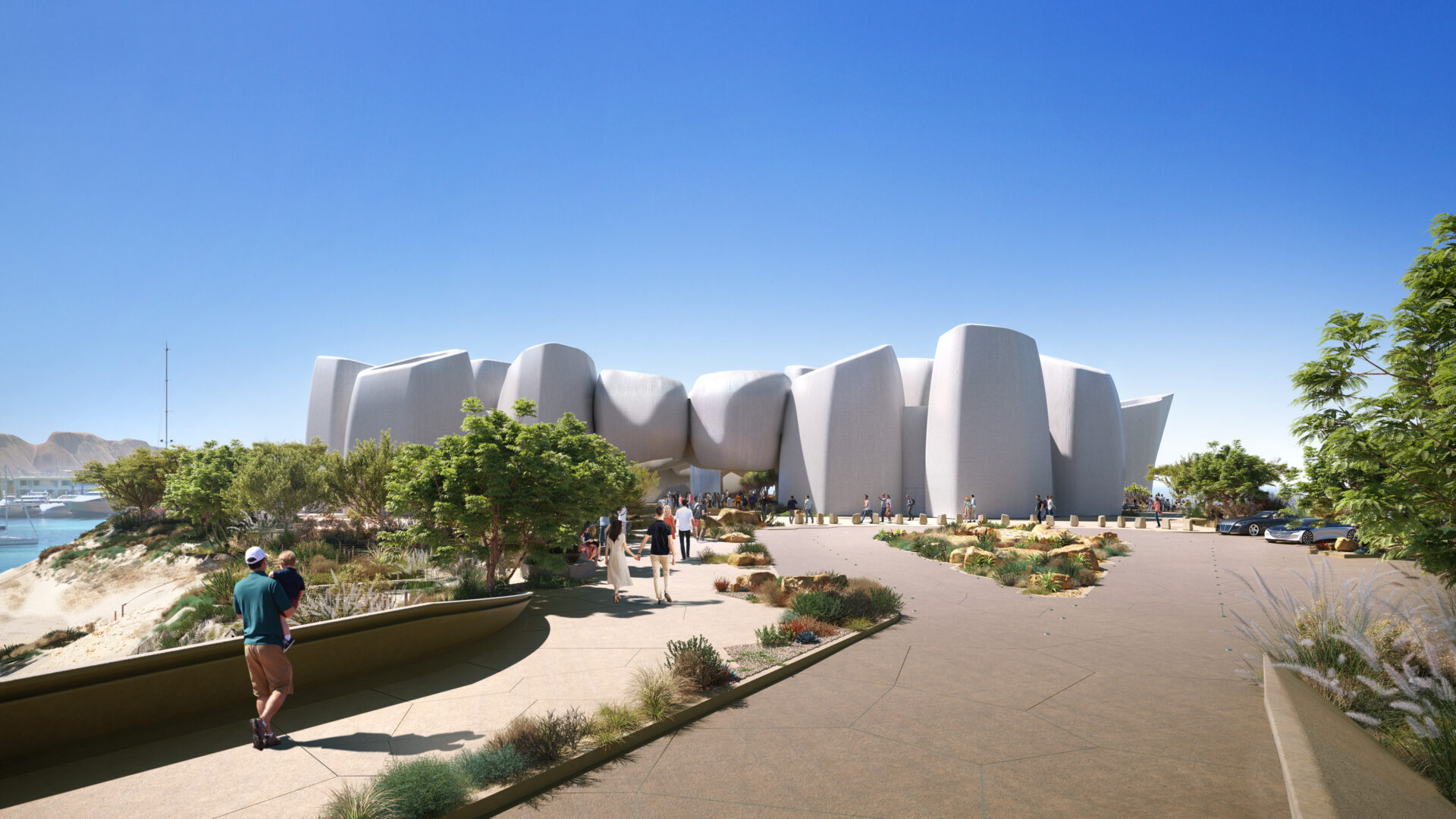
The nearby Corallium Marine Life Institute – designed by Foster + Partners – will accelerate conservation-driven research, while offering visitors truly multidimensional experiences | Image credit: Red Sea Global
Guests are not only seeking rest, but they are also seeking regeneration of the body and of the mind. Many are pursuing specific health and wellbeing goals. We recognize the importance of this, and it’s why even the smaller details, like the landscaping design, are intentional. At Clinique La Prairie AMAALA, for instance, idyllic gardens are used to establish a sense of place and tranquillity and add to the connected journey for visitors. The result is a destination where wellbeing is embedded into the spatial experience, not treated as an afterthought.
Ultimately, this approach reinforces the foundation of regenerative travel by working with the landscape, not over it, and embedding wellness into the very fabric of the built environment.
Practical innovation
The most successful wellness destinations around the world tend to have one thing in common: they promote the belief that personal wellness should never overlook environmental wellness.
AMAALA has embraced the same ethos by embedding sustainability into every stage of design and delivery, from materials and infrastructure to wildlife protection. At Rosewood AMAALA, the endangered Hawksbill and Green Turtles have many nesting sites around the beaches, meaning all construction and design work has been centred around ensuring the turtles are left uninterrupted. No construction has taken place around the nesting areas, and the lighting strategies have been carefully designed to ensure no bright lights shine in the area, avoiding disruption to the turtles’ natural behaviour. This is sustainable development in practice – responding to the environment with care and building in a way that actively safeguards it.
The same thinking has guided AMAALA’s wider infrastructure. The destination is built using some of the most advanced and sustainable technologies in the region, setting a new benchmark for off-grid operations and environmentally responsible construction. A multi-utilities system, developed through a consortium led by EDF Group and Masdar, will power the site entirely through solar energy and battery storage. This includes a solar PV park, a desalination facility, large-scale battery storage, and smart transmission and distribution lines that enable fully off-grid operations.
Together, these choices reflect a shift away from retrofitting sustainability and toward designing with it from the start. Environmental responsibility should not be treated as a limitation, but rather seen as a promoter of innovation.
From vision to reality
When AMAALA opens to guests in the coming months, it will do so with over 1,400 keys across eight luxury resorts. These include the most respected names in health and wellness globally, such as Six Senses, Equinox and Rosewood, as well as Clinique La Prairie and Jayasom, which will open in 2026. Each offers its own versions of health and wellbeing, including high-performance training and recovery, integrative health and biohacking, inviting leading experts from around the world and the region to develop a place dedicated to flourishing. The destination will also feature a diagnostic lab, movement and recovery spaces, private training facilities, and a cultural core.
But what truly sets it apart is that wellness here isn’t a luxury add-on; it’s the very foundation.
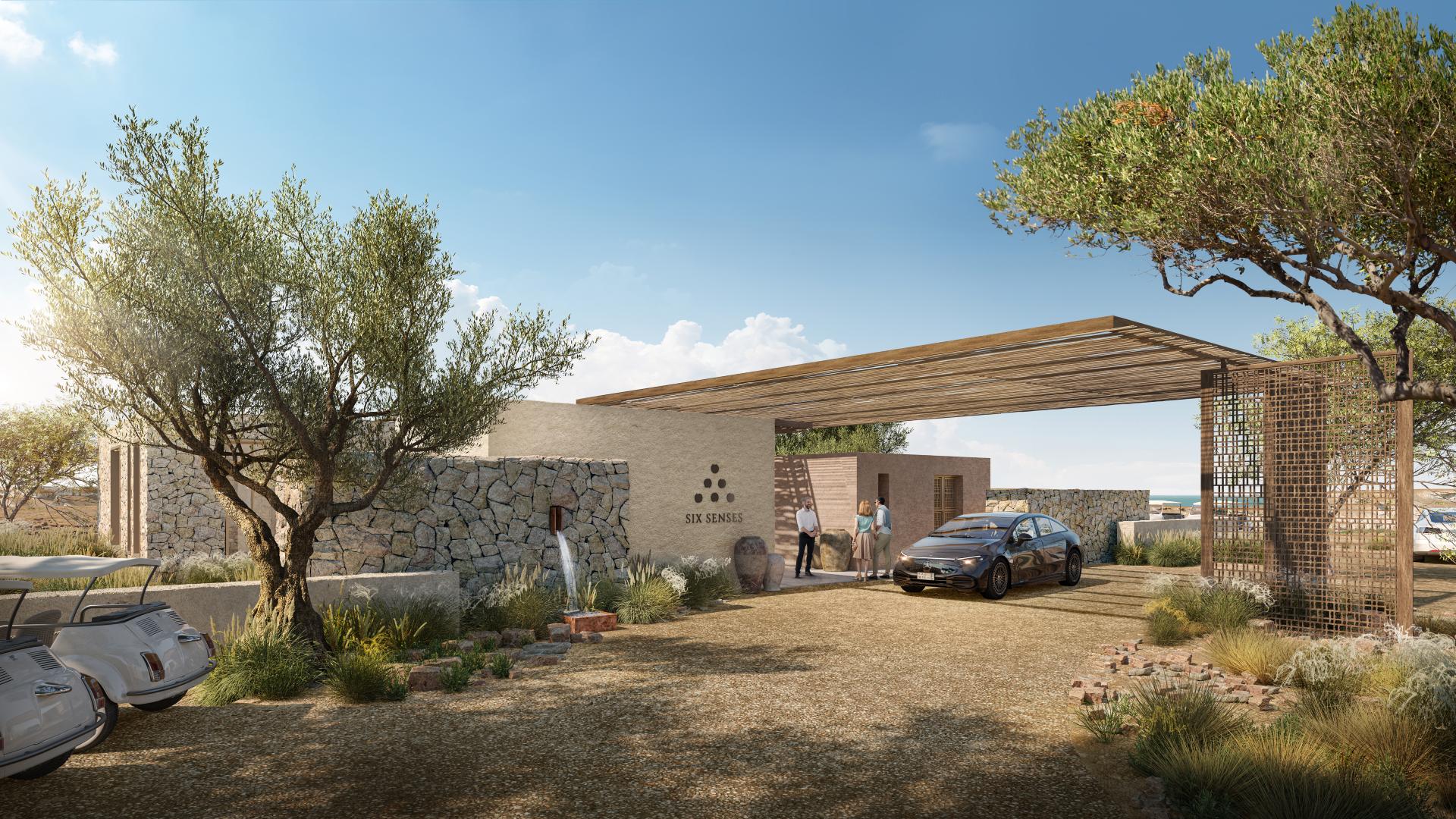
Determining its health and wellbeing approach to guest stays, AMAALA has teamed with the likes of Six Senses to offer world class wellness treatments | Image credit: Red Sea Global
Every aspect of AMAALA, from recovery spaces to specialist gyms, has been designed with the same intention, which is to foster meaningful experiences while protecting the natural and cultural systems that make them possible. This is the physical embodiment of regenerative thinking: infrastructure that enhances rather than extracts.
Where hospitality design needs to go next
The challenge facing luxury developers today is no longer awareness. Wellness, environmental responsibility, and meaningful guest experiences are widely accepted as priorities. The real challenge is integration and making sure that these principles are built into a destination from the very beginning, not added in later.
That has been AMAALA’s approach: applying wellness and regenerative thinking not as features, but as foundations. When design teams, sustainability experts, construction partners, hotel partners, energy planners, and wellness consultants work together from the beginning, the result is stronger, more coherent, and more effective. Wellness is infinitely connected to sustainability and regenerative best practice and vice versa.
The future of luxury development will favour destinations that are designed to restore, not just to be enjoyed. That means working with the land, building for longevity, and creating spaces that deliver value to both people and planet.
Main image credit: Red Sea Global






